As the world mourns the passing of Pope Francis, who died at the age of 88 on April 21 at Rome’s Gemelli University Hospital, preparations for his funeral are underway.
The solemn ceremony is scheduled for Saturday, April 26, at 10 am local time (1:30 pm IST) in St. Peter’s Square.
Dignitaries and mourners from across the globe are expected to attend, including United States President Donald Trump, who confirmed his participation.
While the late pontiff lies in state, an ever-present and centuries-old security force remains visibly stationed at the Vatican: the Swiss Guard.
Known for their vibrant Renaissance uniforms and unflinching devotion, the Swiss Guards continue their historic duty — ensuring the safety of the Pope, in life and in death.
The Pontifical Swiss Guard
Established in 1506 by Pope Julius II, the Pontifical Swiss Guard — commonly referred to as the Swiss Guard — has been a fixture of Vatican life for over 500 years.
This small yet elite unit serves as the Pope’s personal military escort and is tasked with protecting him during public appearances, on apostolic journeys, and even while he lies in repose following his death.
It also plays a crucial role in guarding Vatican City and the papal residence at Castel Gandolfo, and it secures the Sacred College of Cardinals during a papal interregnum, or sede vacante, when a new pope is to be elected.
The guards operate independently of the Swiss armed forces, but they all hail from Switzerland and serve directly under the authority of the Pope.
With just 135 members today, it’s often dubbed “the world’s smallest army,” a moniker that highlights both its size and unique role.
Their loyalty is reaffirmed annually on May 6 in a swearing-in ceremony at the Belvedere Court of the Vatican Palace.
This date commemorates the sacrifice of 147 Swiss Guards who died defending Pope Clement VII during the Sack of Rome in 1527 — an event that deeply cemented their reputation for valour and loyalty.
How a Swiss Guard is made
Not everyone can wear the iconic uniform of the Swiss Guard. Candidates must meet a strict set of requirements. Each recruit must be a Swiss citizen, a practicing Roman Catholic and between 19 and 30 years old.
In addition, recruits must be male, in excellent health as certified by medical professionals, and of upstanding character. A minimum height of 5 feet 8.5 inches (1.74 meters) is mandatory and candidates must possess either a professional diploma or a high school degree.
Crucially, they must have completed basic training with the Swiss military.
Upon enlistment, candidates must be unmarried. However, after five years of service, a guard may marry — provided he is at least 25 years old — and must then commit to an additional three years of service.
Initial training is rigorous and comprehensive, typically spanning two months. The first month takes place in Isone, Switzerland at the Swiss Police and Army Training Center, in collaboration with the Ticino Cantonal Police.
There, recruits are trained in firefighting, self-defence, shooting, first aid and legal procedures, among other disciplines.
The second month is conducted at Vatican City, where guards learn ceremonial duties, formations, language skills (particularly Italian), and how to handle the halberd — a traditional polearm that dates back to medieval warfare.
Though ceremonial in appearance, the Swiss Guard is a capable modern security force. Members are trained in contemporary combat and counterterrorism techniques and are fully capable of defending the Pope should any real threat arise.
What a Swiss Guard wears
The colourful uniforms of the Swiss Guard, with their red, yellow and dark blue stripes, are among the most recognised military garments in the world.
Despite popular legend, they were not designed by Michelangelo.
Rather, the current version was conceptualised in the early 20th century by Commander Jules Repond, who led the corps between 1910 and 1921. The vibrant colours reflect the livery of the Medici family, a powerful Renaissance dynasty closely linked to the papacy.
For day-to-day activities, guards wear simpler blue doublets and blue berets. However, during high ceremonial functions, they don plumed helmets — decorated with ostrich feathers — and may carry halberds and swords.
Depending on rank, the colour of the plumes changes. While steeped in tradition, they also carry modern firearms and are prepared for a range of security scenarios.
Swiss Guards typically work an average of six hours per day, though this can extend significantly during major papal events or funerals. Their barracks are located north of St. Peter’s Square, adjacent to the Vatican Palace.
They also have a designated chapel — Saints Martino and Sebastiano — and a cemetery, Campo Santo Teutonico, near St. Peter’s Basilica.
The organisational structure of the Swiss Guard has evolved over the centuries. In its current form, it includes a commandant (holding the rank of colonel), high-ranking officers, chaplains, drummers, lesser officers and halberdiers.
The unit was reorganised multiple times in the 20th century, and in 2018 its size was increased to 135 in response to growing security concerns and preparations for the 2019 jubilee year.
Ready to sacrifice
From the moment of their arrival at the Vatican in January 1506 under Captain Kaspar von Silenen, Swiss Guards have been known for their willingness to lay down their lives in defence of the Pope.
During the Sack of Rome in 1527, only 42 of the 189 guards survived while ensuring Pope Clement VII’s escape. This legacy of self-sacrifice has been remembered and honoured throughout the centuries.
Their readiness was once again tested during World War II, when they took up defensive positions as Nazi forces entered Rome. Although the Vatican was ultimately spared attack by Adolf Hitler, the guards’ resolve never wavered.
In 1981, Swiss Guards were instrumental in protecting Pope John Paul II during an assassination attempt in St. Peter’s Square.
One plainclothes guard who shielded the pontiff later rose to the rank of commandant, only to be tragically killed — along with his wife — by a junior guard in 1998, who then killed himself, in an incident that marked the first known murders within Vatican City since the 19th century.
Despite such events, the Swiss Guard continues its mission with a sense of purpose grounded in history, faith, and duty.
Their presence during Pope Francis’ final days and funeral procession is more than ceremonial — it is a continuation of a centuries-old commitment to safeguarding the spiritual leader of the Catholic Church.
Though often mistaken for a ceremonial relic or tourist attraction, the Swiss Guard is very much a living, functioning military unit that plays a vital role in the protection of the Pope and the smooth functioning of the Vatican.
In a world that has dramatically changed since their inception over five centuries ago, the Swiss Guards have adapted to modern threats while preserving their distinct historical identity.
Also Watch:


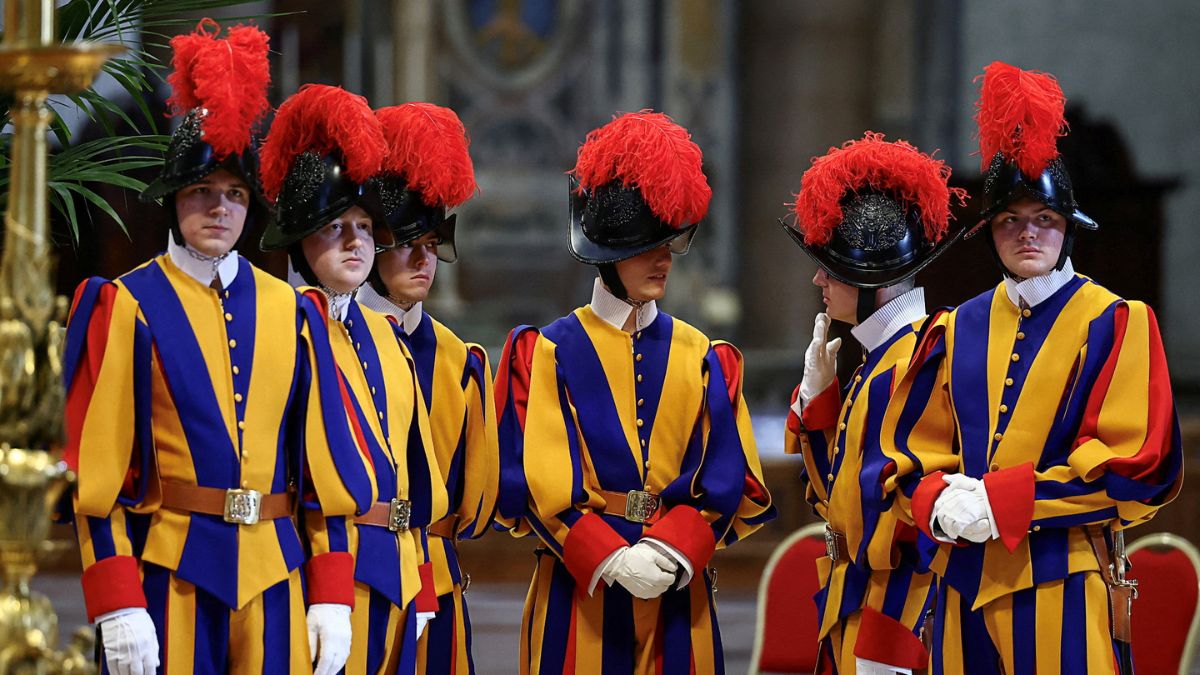)
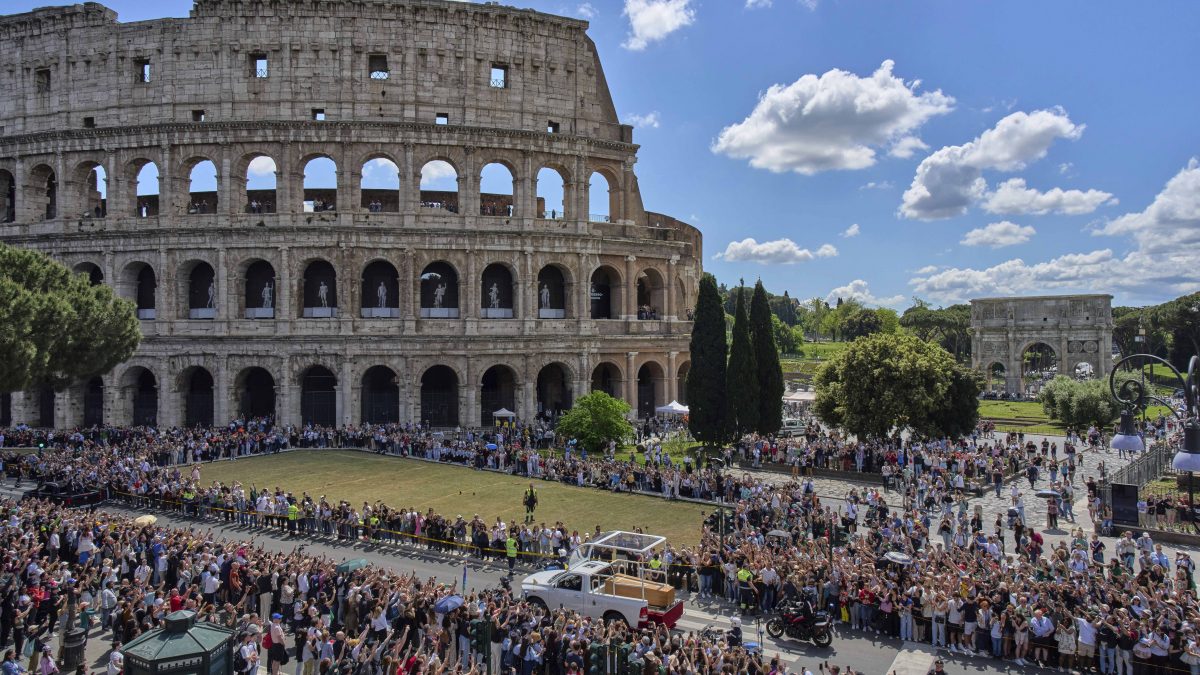)
)
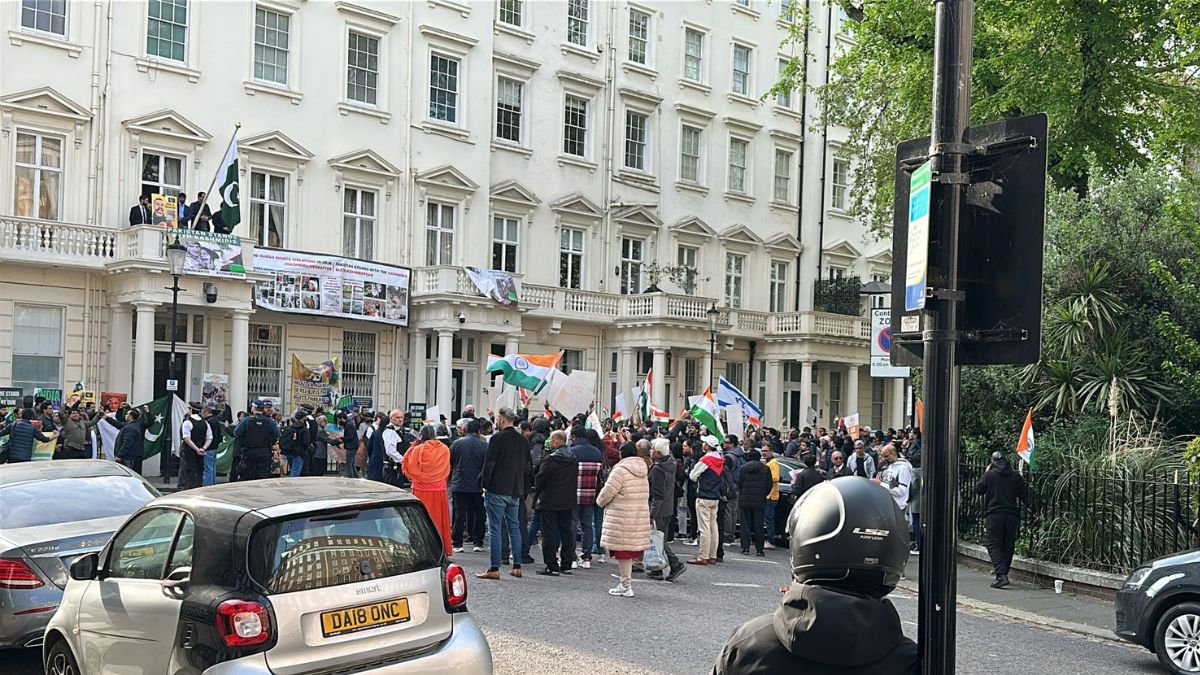)
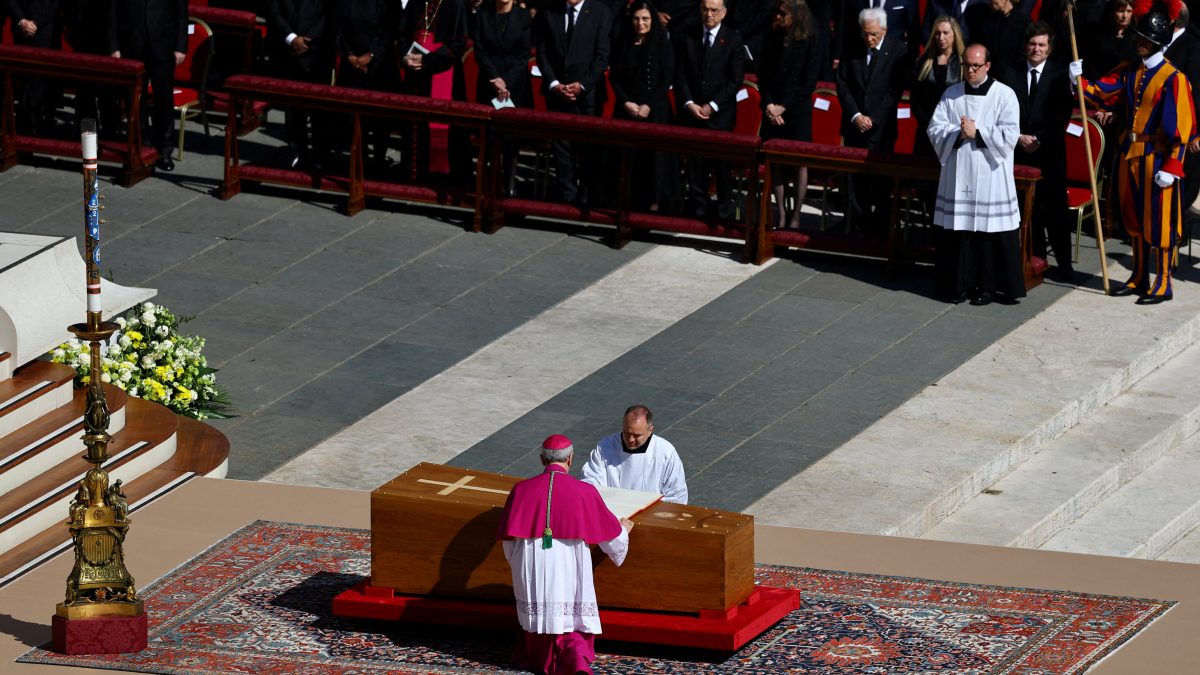)
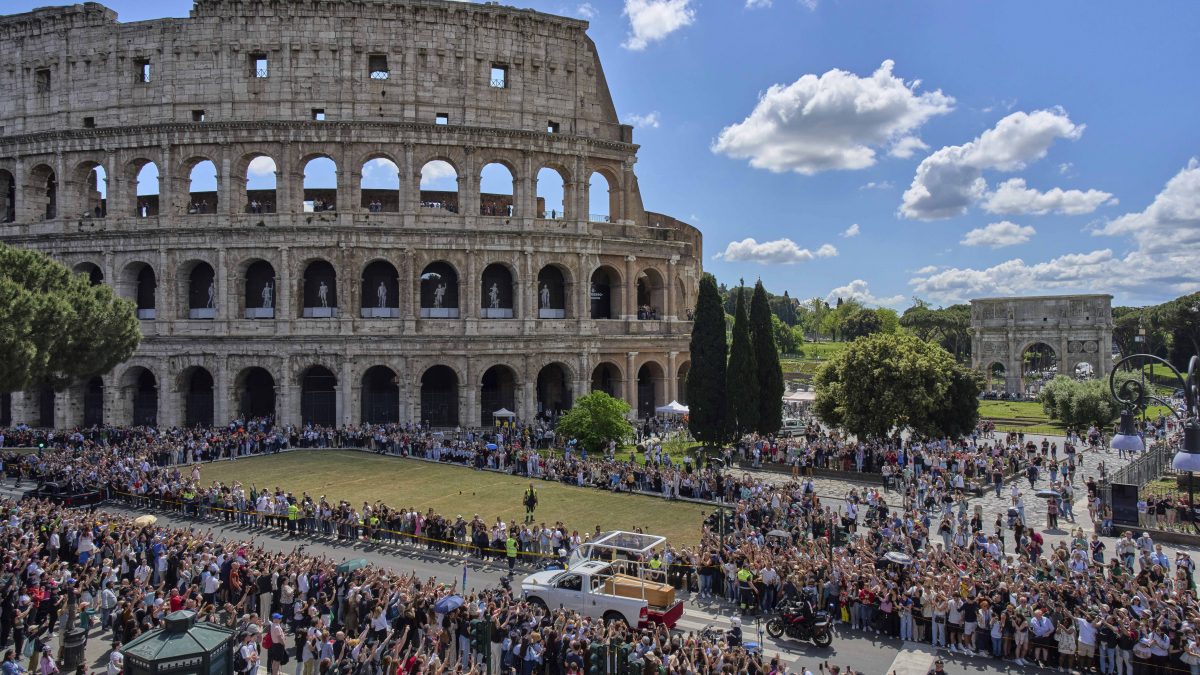)
)
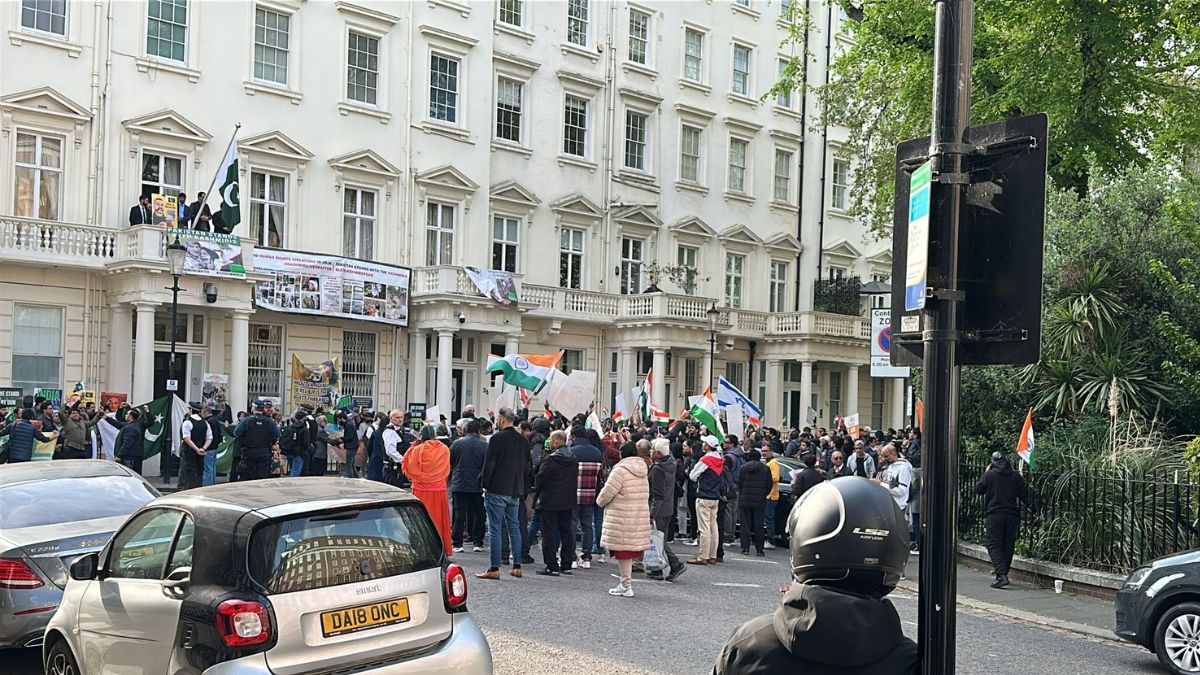)
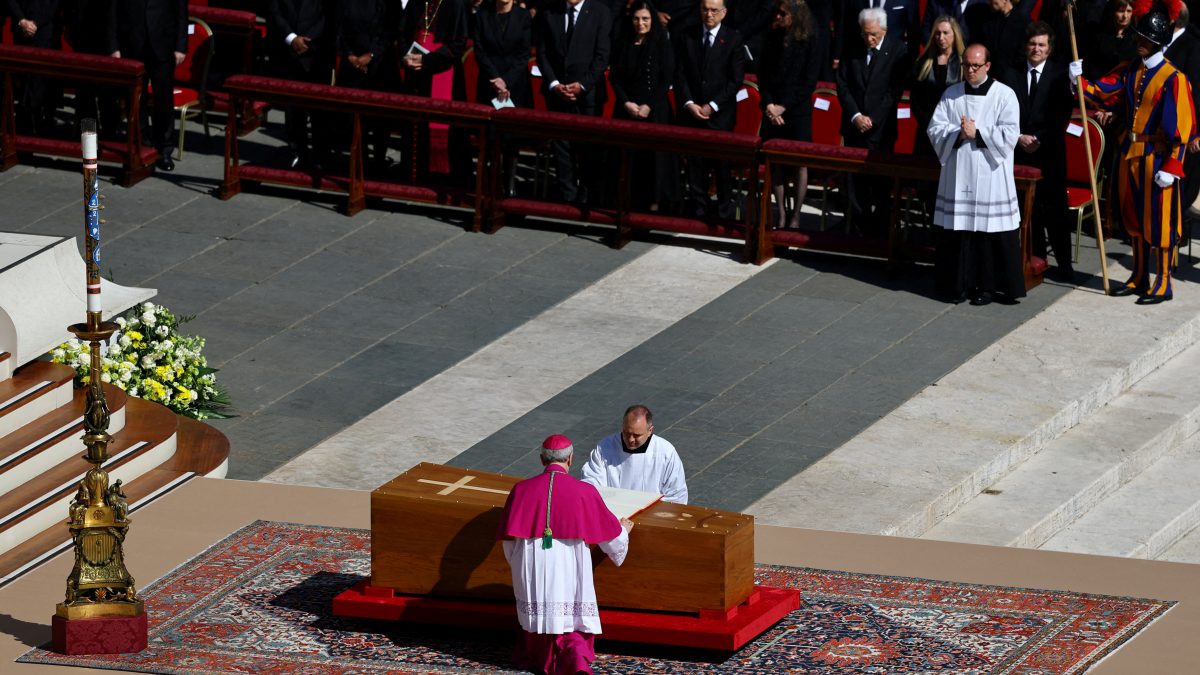)